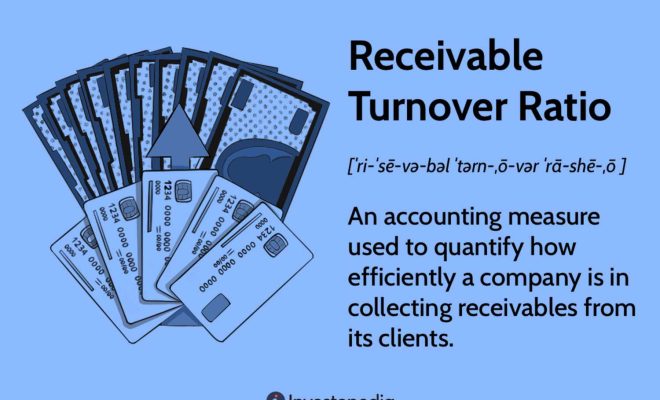How are policy loans calculated

Introduction
A policy loan is a loan taken against the cash value of a permanent life insurance policy, such as whole life or universal life insurance. Policyholders may opt for a policy loan for various reasons, such as emergency expenses, debt consolidation, or investments. One significant advantage of these loans is that they do not affect the insured’s credit score since they are leveraging the policy’s cash value. In this article, we will explore how policy loans are calculated and the factors involved in this process.
Loan Eligibility and Calculation Factors
When calculating a policy loan, several factors determine the eligible amount and cost of borrowing. These factors include:
1. Policy type: Permanent life insurance policies with cash value accumulation are eligible for loans. Term life policies do not qualify as they do not have a cash value component.
2. Cash value: The amount of accumulated cash value in the policy will affect the loan amount. Insurance companies typically allow policyholders to borrow up to 90% of their policy’s current cash value.
3. Interest rates: Insurance companies charge interest on policy loans. The rate can be either fixed or variable, depending on the company and specific policy terms. The interest rates usually range between 5% and 9%.
4. Outstanding loans: If there are existing outstanding loans against the policy, it will directly influence the available borrowing capacity for a new loan.
Policy Loan Calculation Process
1. Determine available cash value: Review your policy documents or contact your insurance company to determine your current cash value balance.
2. Calculate maximum available loan: Multiply the available cash value by the maximum percentage allowed for loans (usually about 90%). This amount represents the maximum you may borrow against your policy.
3. Account for existing outstanding loans: Subtract any outstanding loan balances from the maximum availablе loan amount to calculate how much you can borrow.
4. Determine interest rate: Check your policy documents or communicate with your insurer to determine the interest rate for a policy loan. It will affect the cost of borrowing and repayment terms for the loan.
5. Calculate loan value & repayment: Factor in the interest rate and loan repayment terms to finalize the amount you wish to borrow. Ensure that you can manage the repayment commitments within the specified duration.
Conclusion
Understanding how policy loans are calculated allows policyholders to make more informed decisions about whether taking a loan against their life insurance is the best option for their financial situation. Remember that unpaid loans and accrued interest will impact the death benefit your beneficiaries receive. It is essential to weigh the pros and cons before taking a policy loan and carefully assess your ability to repay it on time. Consulting with a financial professional is always a wise choice when making decisions about your life insurance policy.






